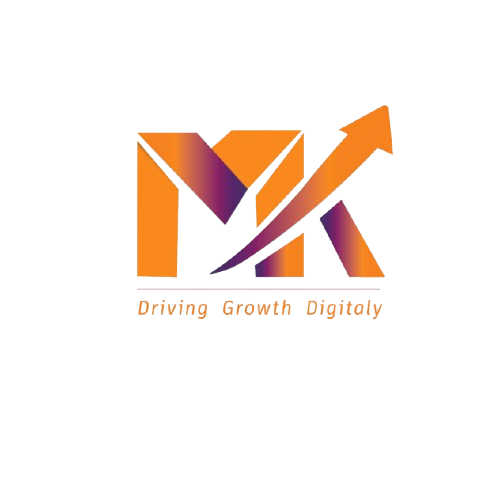1. Customer-Centric Strategies Are Winning
Traditional marketing was brand-focused. Digital marketing flips that script — it’s all about the customer now.
Through tools like Google Analytics, social media insights, and CRM data, businesses can now understand buyer behavior in real time. This level of data lets marketers create personalized content, targeted ads, and custom experiences that drive real results.
🎯 Example: Instead of running a generic campaign, a fashion brand can now serve ads based on a user’s style preferences, size, and browsing history — increasing the likelihood of conversion.
2. Content Is the Core of Value Creation
Today’s marketing strategy isn’t just about selling — it’s about educating, entertaining, and engaging. High-value content builds trust and drives organic visibility.
- Blogs
- Video content
- Webinars
- Podcasts
- Infographics
These formats help brands position themselves as industry leaders while solving real problems for their audience.
🧠 Insight: Brands that blog regularly generate 67% more leads than those that don’t.
3. Social Media Isn’t Optional — It’s Strategic
Social media has transformed from a communication tool into a strategic business platform. It influences brand perception, drives traffic, and fosters direct relationships with consumers.
Platforms like Instagram, LinkedIn, TikTok, and X (formerly Twitter) are now central to:
- Product launches
- Customer service
- Brand building
- Community engagement
💬 Real-time feedback loops help brands adapt quickly and authentically respond to their audience’s needs.
4. Data-Driven Decisions Outperform Gut Feelings
One of the biggest game-changers? Digital marketing gives you measurable results.
With performance marketing tools, businesses can track:
- Conversion rates
- Customer acquisition cost (CAC)
- Return on ad spend (ROAS)
- Engagement metrics
This allows marketers to adjust strategy in real time, optimize budgets, and continuously improve outcomes — something traditional marketing simply couldn’t offer at this scale.
5. SEO & SEM Are Driving Visibility
If your business isn’t ranking on search engines, you’re invisible to most of your potential customers. Today’s market strategy must include:
- Search Engine Optimization (SEO) for organic growth
- Search Engine Marketing (SEM) for paid visibility
Ranking well on Google isn’t just about keywords anymore — it’s about providing value, optimizing user experience, and maintaining technical health.
6. AI and Automation Are Raising the Bar
From chatbots to AI-generated content and predictive analytics, automation is making digital marketing smarter, faster, and more scalable.
- Email sequences are personalized automatically.
- Chatbots handle customer inquiries 24/7.
- AI tools analyze huge datasets to forecast behavior.
🤖 As AI evolves, marketers can focus more on strategy and creativity while tech handles the heavy lifting.
Final Thoughts: Adapt or Be Left Behind
Digital marketing is not just a trend — it’s a fundamental shift in how businesses reach and retain customers. Brands that embrace this shift, invest in digital tools, and focus on creating authentic, data-driven experiences will continue to lead the market.
In the age of algorithms and attention, your strategy must evolve. And digital marketing is at the center of that evolution.
Want to future-proof your marketing?
Stay tuned to Markrish for insights, strategies, and tools to help you navigate the digital landscape with confidence.
